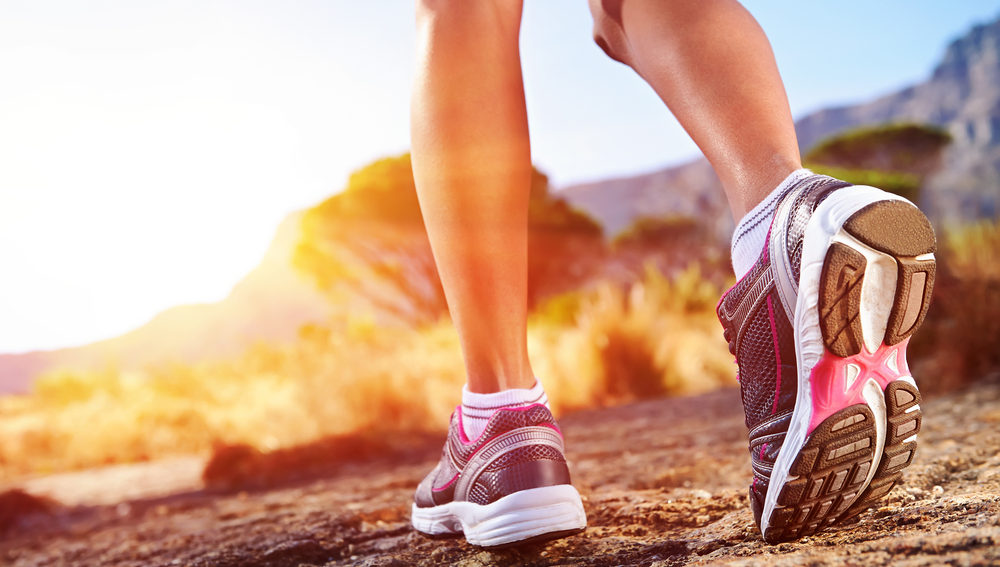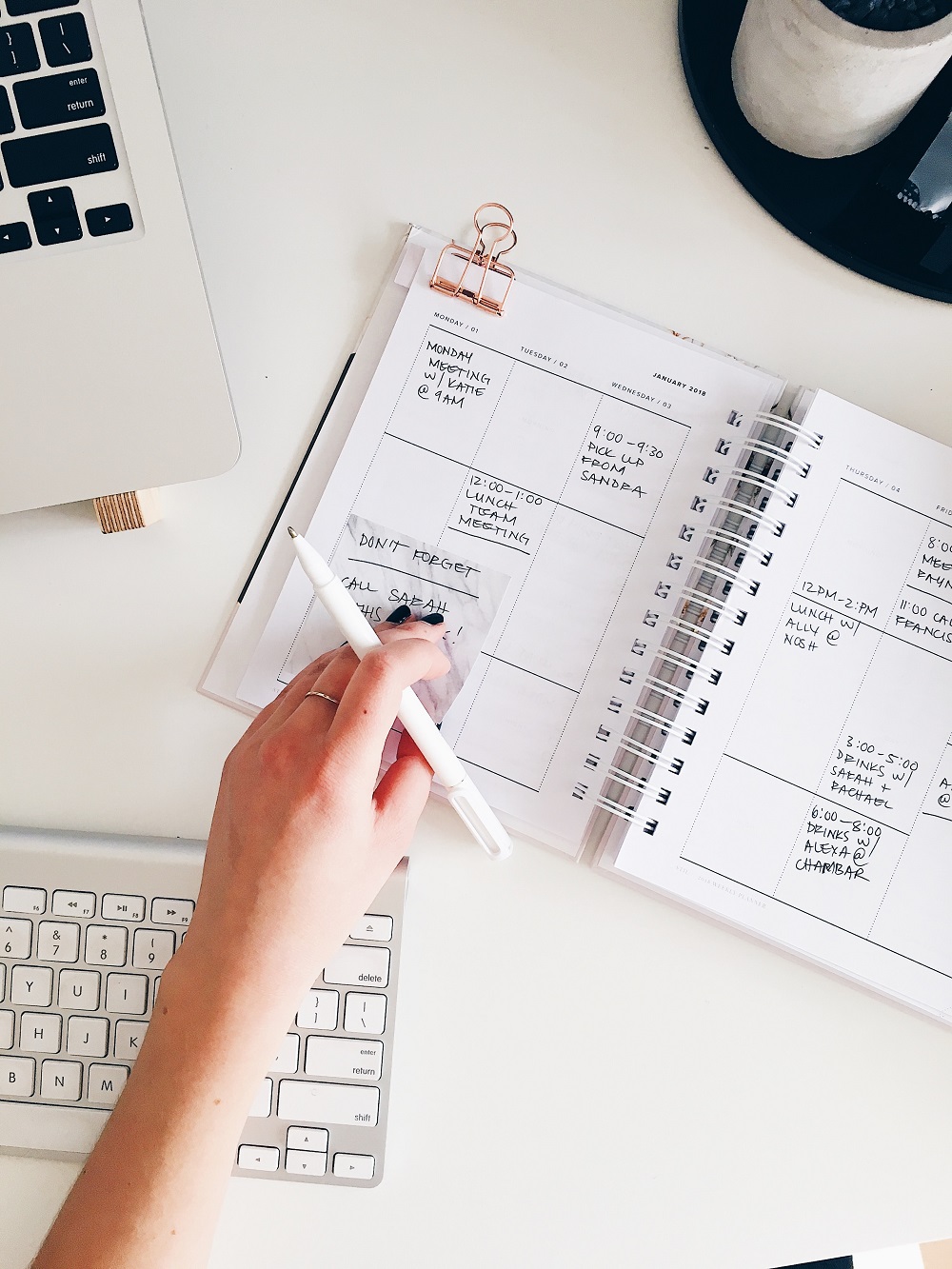Life is movement!? - Sport is murder!?
In medical practice, one repeatedly experiences two extremes: people who hardly exercise at all due to fatigue, drive disorders and unfavourable life circumstances. And people who do sport just as excessively as they do a stressful job. How do I find out what the right amount of exercise is for me?
 One of the challenges of modern medicine is diseases that arise due to a lack of exercise. The "plague of the 21st century" is obesity, which sooner or later leads to disorders of the musculoskeletal system and metabolism. Worn joints, early onset diabetes, high blood pressure and cardiovascular diseases are the "diseases of civilisation" that arise from lack of exercise. The other extreme of disorders is caused by excessive ambition in sports. People who are already imbalanced by stress damage their bodies even more by exaggerated sporting performance. Here, too, worn-out joints, cardiovascular diseases, sleep disorders and premature signs of old age are avoidable consequences.
One of the challenges of modern medicine is diseases that arise due to a lack of exercise. The "plague of the 21st century" is obesity, which sooner or later leads to disorders of the musculoskeletal system and metabolism. Worn joints, early onset diabetes, high blood pressure and cardiovascular diseases are the "diseases of civilisation" that arise from lack of exercise. The other extreme of disorders is caused by excessive ambition in sports. People who are already imbalanced by stress damage their bodies even more by exaggerated sporting performance. Here, too, worn-out joints, cardiovascular diseases, sleep disorders and premature signs of old age are avoidable consequences.
Vegetative nervous system
The connection between mind, emotions and body is established by the vegetative nervous system. The autonomic nervous system is responsible for maintaining the balance of heartbeat, respiration and digestion. It consists of the sympathetic nervous system, which has an activating function on the internal organs and is responsible for the body's appropriate reaction to stress (fight-flight response). When the sympathetic nervous system is activated by stress, the heart beats faster, blood pressure rises, the eyes and mouth open and breathing changes to accelerated chest breathing. The parasympathetic nervous system is responsible for rest, regeneration and repair. When it is activated, heartbeat and breathing slow down, blood pressure drops and repair of damage to the body caused by stress and injury is initiated. A typical feature of parasympathetic activation is diaphragmatic breathing through the nose.
Sport and regeneration
Physical exercise provides us with a balance from mental stress and a sedentary lifestyle. However, this compensation is only effective if it is carried out with sufficient duration and intensity. Both the classical Ayurvedic texts and modern sports research show that the "dose" of sport is also decisive for the health benefits of physical activity. Whether the saying "sport is murder" or "no pain, no gain" is true varies from individual to individual and also depends on the predominant Ayurvedic constitutional type.
Duration of exercise
Modern sports medicine and the classical texts of Ayurveda agree that about 30 minutes of physical exercise per day is the minimum for a health-promoting effect of sport. It is crucial that the sport is practised as such. Exercise within working hours cannot be counted as "regenerative training". The total duration of sporting activity should be between 3.5 and 6 hours per week and spread over as many days of the week as possible. So a 6-hour walk per week has hardly any training effect if there is no physical activity on the other 6 days of the week. And when we talk about exercise here, the evening walk is meant just as much as any other physical activity.
Intensity of movement
Today, digital technology tempts us to outsource the measure of the intensity of movement to a pulse watch instead of feeling it ourselves. Yet, according to Ayurveda, it is so important to feel the body when exercising in order to improve mind-body coordination. The best exercise to achieve this is to pay attention to breathing during exercise. Sport serves the purpose of regeneration and should therefore definitely be performed at an intensity that is subject to the parasympathetic nervous system. The relaxation reflex functions as long as it is possible to maintain nasal breathing during the entire sporting activity. Only with nasal breathing is it also guaranteed that we are in an "aerobic" metabolic situation during sport. This "aerobic" metabolism activates the digestive fire Agni and leads to improved assimilation of food and burning of excess energy and waste products.
Sport only with nasal breathing
As soon as we leave nasal breathing for mouth breathing during an exercise session, we enter a "fight-flight" response controlled by the sympathetic nervous system, which is associated with an increased production of stress hormones such as cortisol and adrenaline. How much an excess of these hormones stresses the body and worries the psyche is known to everyone nowadays. If there is a switch to mouth breathing due to stress, this is also an indication that the body is switching to an "anaerobic" metabolic situation. This leads to a massive waste of energy and of messenger substances in the body that are difficult to regenerate. Instead of regeneration, additional exhaustion is the result of sympathicotonic and "anaerobic" exercise.
Nasal breathing improves training effect
From an Ayurvedic point of view, the ideal intensity of exercise is defined by the fact that it is easy to breathe exclusively through the nose for the entire duration of an exercise session. Effortless nasal breathing with simultaneous physical exercise guarantees that you always do sport with a regenerative effect - "aerobic" with oxygen saturation and activation of the parasympathetic nervous system. Thus, the rest and regeneration reflex is triggered during a training session. This subsequently reduces blood pressure and resting pulse, and stress-related tension gives way to inner calm and relaxation. Sports science tests have shown that exercise with only nasal breathing improves the training effect.
Doshas and sport
Depending on which dosha is predominant in you, certain sporting activities are particularly suitable for balancing. If you are not sure which dosha is predominant in you, you can find out by taking our dosha test. The doshas can also be determined during an Ayurvedic pulse diagnosis.
Types of sport and exercise if you are dominated by
- Vata: brisk walks, hiking, Nordic walking, cycling, golf, yoga, cross-country skiing.
- Pitta: Swimming, jogging (continuous running with low pulse rate and nasal breathing), cycling, climbing, high mountain hikes, golf, skiing.
- Kapha: if more overweight, start with brisk walking, cycling and simple strength exercises such as push-ups and squats. If some excess weight has been lost through light sports and the muscles have been strengthened, the following are favourable: tennis, all kinds of weight training, team sports such as football, handball, ice hockey, jogging with frequent changes of intensity (alternately fast and slow running).



We look forward to your feedback!